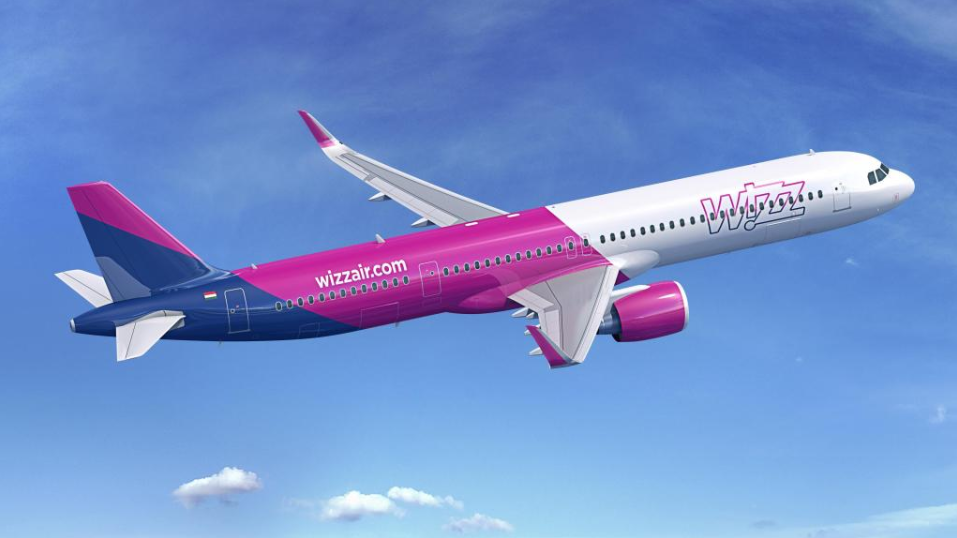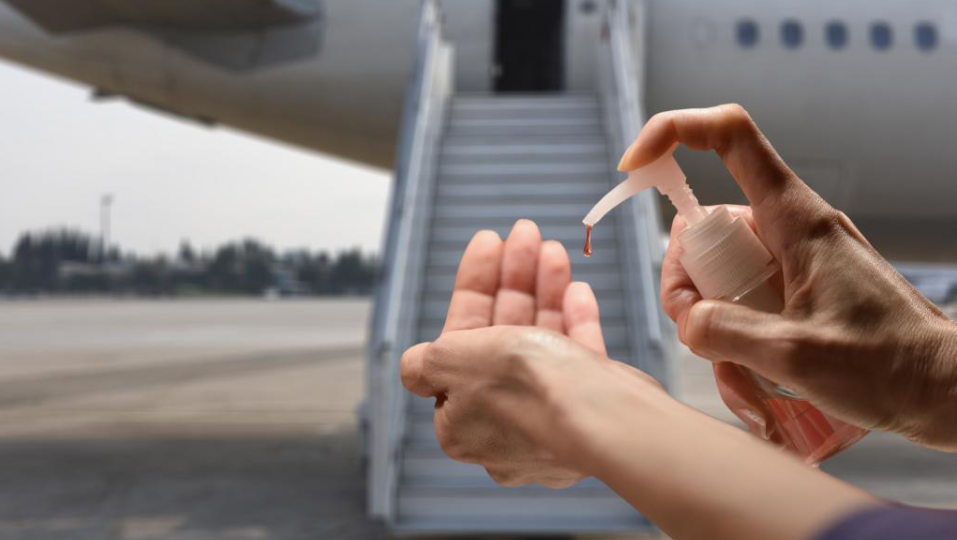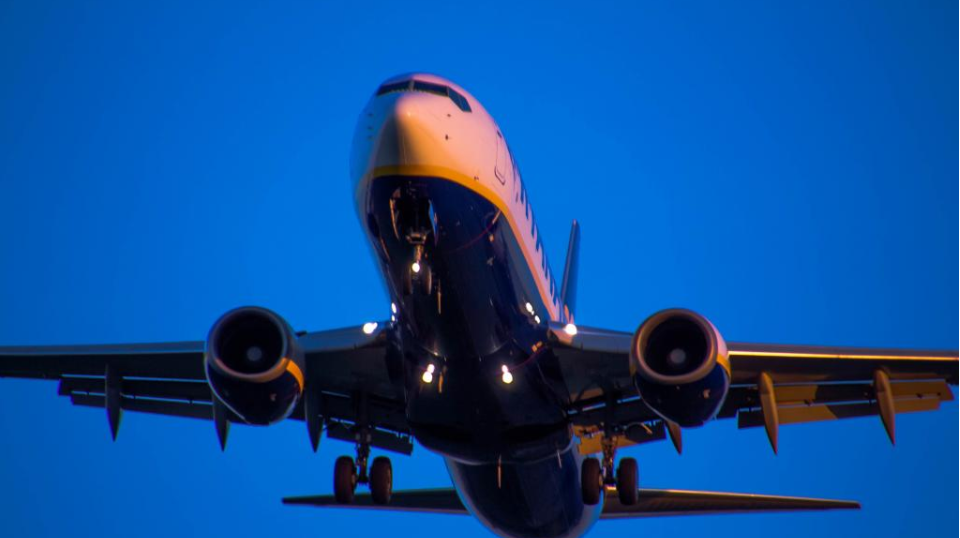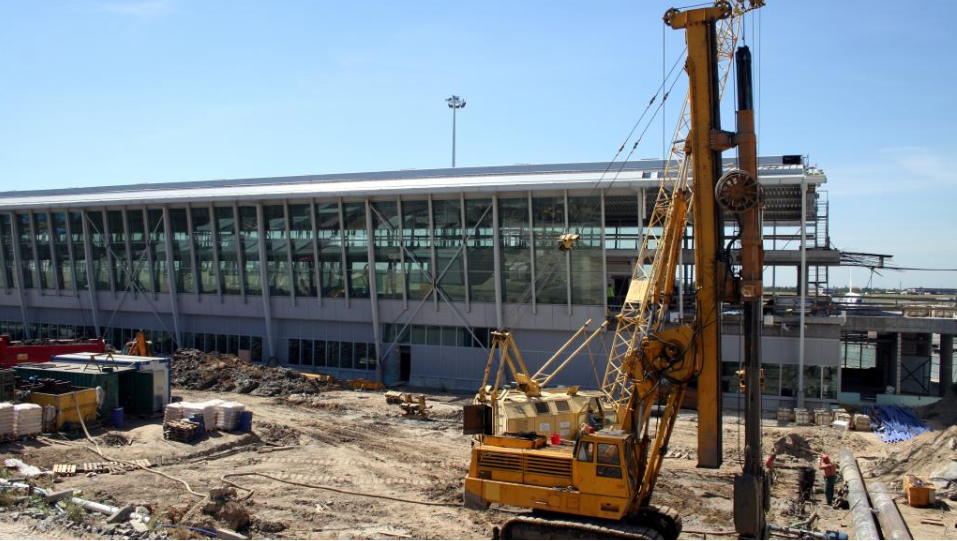Asia-Pacific countries lay groundwork for cross-border travel
With the resumption of domestic travel well under way in many Asia-Pacific markets, attention is now shifting to reopening international links within the region. This is a much more complex proposition, and some governments are taking tentative steps towards establishing a framework for international travel in a post-COVID world.
Air travel virtually ground to a halt across Asia-Pacific in the wake of the coronavirus pandemic. The few international flights offered have mostly been focused on cargo and repatriation, with most foreign travellers blocked by border closures or dissuaded by 14-day quarantine requirements. Most airlines have cut their overseas networks right back and are only operating limited frequencies on a handful of routes.
However, many countries in the region have made good progress in controlling COVID-19, prompting them to restart scheduled airline operations to help spur economic recovery. The conventional wisdom is that domestic service will re-emerge first in most markets, followed by short haul international, then finally long haul routes.
Discussions have begun between some Asia-Pacific governments about easing border and quarantine restrictions to allow essential travel. These will initially be bilateral arrangements between countries so that procedures and safeguards can be rigorously monitored.
But the early deals will likely expand to multilateral agreements among countries that have made similar progress in controlling COVID-19. In the longer term, these can also be expected to pave the way for broader agreements that would include non-essential travel.
TO READ ON, VISIT: Asia-Pacific countries lay groundwork for cross-border travel

COVID 19: Latin airline bankruptcies reflect lack of government aid
It is not a coincidence that just as IATA determined that Latin American airlines had received the lowest levels of government assistance worldwide, two of the region's major airlines - Avianca and LATAM Airlines Group - have sought bankruptcy protection during the past couple of weeks.
IATA and other organisations have been sounding the alarm that Latin American operators were in danger without some form of government assistance, and now those warnings have come to fruition.
Unlike Avianca, LATAM was in better financial shape before the COVID-19 crisis and before entering Chapter 11, and appears to have supportive shareholders that are extending loans to the airline.
LATAM is not a brand that will disappear, but its bankruptcy filing shows how airlines have been blindsided by the pandemic. And it could be a wake-up call for more government support to materialise in the region.
TO READ ON, VISIT: COVID 19: Latin airline bankruptcies reflect lack of government aid

CAPA: 74% recovery in domestic Australia capacity by end-2020
Based on a combination of analysis of government statements, airline projections and underlying demand, CAPA's Air Capacity Model projects a phased recovery in domestic air capacity in Australia through the remainder of 2020. CAPA projects domestic capacity to reach 55% of 2019 levels by the October school holidays and 74% by mid-December 2020.
Prime Minister Scott Morrison in May foreshadowed a return to intra-state travel under the Federal Government's three phase plan to ease coronavirus restrictions. The plan, designed to revive the domestic economy, leaves the timing for the re-establishment of travel to the states.
CAPA - Centre for Aviation (CAPA), the world's most trusted source of market intelligence for the aviation and travel industry, is pleased to announce the launch of its Air Capacity Model supported by OAG, developed to provide the aviation and travel industry with a robust and granular guide for future air capacity projection.
TO READ ON, VISIT: CAPA: 74% recovery in domestic Australia capacity by end-2020

European airline cash: new credit and state aid boosts some
Wizz Air and Ryanair lead the ranking and Norwegian trails on the basis of balance sheet cash/cash equivalents at the most recent reporting date, expressed as a percentage of 2019 revenue. This report updates CAPA's analysis of the liquidity balances of leading European airline groups.
When undrawn credit facilities, state aid and other sources of available liquidity are also included, Wizz Air still leads. However, additional sources take Finnair, easyJet and Air France-KLM ahead of Ryanair (although the latter has headroom to raise further credit if it wanted to). Norwegian remains at the bottom of the ranking.
A crucial source of airline liquidity is deferred revenue. With almost no actual revenue to book during the COVID-19 crisis, airlines have been understandably reluctant to refund cash paid in advance for cancelled flights. However, doubts over the receipt of refunds can also reduce demand for future bookings when schedules remain fragmented and uncertain.
TO READ ON, VISIT: European airline cash: new credit and state aid boosts some

Rebuilding air traveller confidence - not so much about price
The news from airlines over the last couple of weeks has shown a general intent to quickly rebuild network connectivity. After a couple of months of watching and waiting for the Coronavirus pandemic to pass will be met by increasing roars from turbofan engines as grounded aircraft start to take flight.
But there still remains the big question about demand. How much fear remains among consumers infection and what will it take to get them back travelling? Also, with a promised global recession and the likely persistence of widespread unemployment, even those willing to fly will be constrained by finances.
It is now a given that those initial suggestions that it could be months until a recovery were significantly short-sighted. It will be years. 2023 is a popular projection, but even 2025 and beyond are now increasingly being suggested in worst case scenarios being offered.
What is unanimous is that travel demand will take years to recover from the combined impact of the economic recession and coronavirus pandemic. Many business travellers (and even leisure travellers) may never return to the skies. Also, what scale of demand will be lost to technology adoption and changing travel behaviours? The answer remains the same as it did a month ago: that nobody really can know.
TO READ ON, VISIT: Rebuilding air traveller confidence - not so much about price

COVID-19: Frontier Airlines attempts to stimulate high season demand
The US ULCC Frontier Airlines has held a more positive view than most operators - that it could bounce back from the COVID-19 crisis in a reasonable period of time. As larger US airlines continue to warn that they will significantly shrink their operations, Frontier has made no such declarations.
In fact, the airline is adding 18 routes to its network for the US peak travel period, citing a strong uptick in summer travel demand. Obviously that remains off a low base, and even as most US airlines have concluded that demand bottomed out in Apr-2020, the rebound for the summer off that bottom of demand still does not change the general consensus that a recovery to 2019 levels will take at least three years.
Frontier's additions are mostly to Florida sun markets on routes where larger airlines have either cut service completely, or have significantly decreased their presence.
Perhaps Frontier sees an opportunity to attempt to entice restless customers with low fares. But competitors also seem to be adding back some flights on those routes, which could create an interesting pricing environment.
TO READ ON, VISIT: COVID-19: Frontier Airlines attempts to stimulate high season demand

Europe's airline capacity: true climb starts after Ryanair false start
In the week commencing 1-Jun-2020, seat numbers in Europe have dropped by 31.8% from last week, according to schedules from OAG combined with CAPA Fleet Database seat configurations.
The year-on-year decline - a more meaningful measure - is 86.3%, which is 7.2ppts deeper than last week's 79.1% drop. Moreover, it is the 10th successive week of cuts of -78% to -90%.
Europe is the only region with lower capacity than last week and has returned to its position as the region with the deepest year-on-year cuts, after rising from the bottom of the pile two weeks ago.
Latin America capacity has been reduced by 83.5%, while seats are down by 81.2% in Africa, by 75.5% in North America, by 74.2% in Middle East and by 48.8% in Asia Pacific (the first region to recover more than half of its level a year ago).
Adjusting for a false start in Ryanair capacity showing in schedules data filed with OAG between mid April and late May, this week looks like the true start of the (still cautious) upturn for Europe.
TO READ ON, VISIT: Europe's airline capacity: true climb starts after Ryanair false start

Many major airports not delaying capex despite COVID-19
Capital expenditure is usually the first casualty of any downtown. In the current climate it might be expected that infrastructure plans might be revised or even cancelled altogether.
In some cases that is happening, but so far in the world's top 50 airports by passenger numbers most of them are non-committal about such action, or at least they are not talking about it.
Just as there has been for security and environmental expenditure in the past, there will undoubtedly be a requirement for 'health-related' expenditure within terminals, and large-scale long term projects may have to be delayed, or even axed altogether, to pay for it. As yet no one knows what the typical cost of such expenditure might be, but if active passenger/employee space is to be halved in an airport it could amount to a lot.
Meanwhile, some operators are, conversely, pro-actively planning for the future. What is known for sure is that the actual degree of known capital expenditure at these top airports is considerable.
TO READ ON, VISIT: Many major airports not delaying capex despite COVID-19
